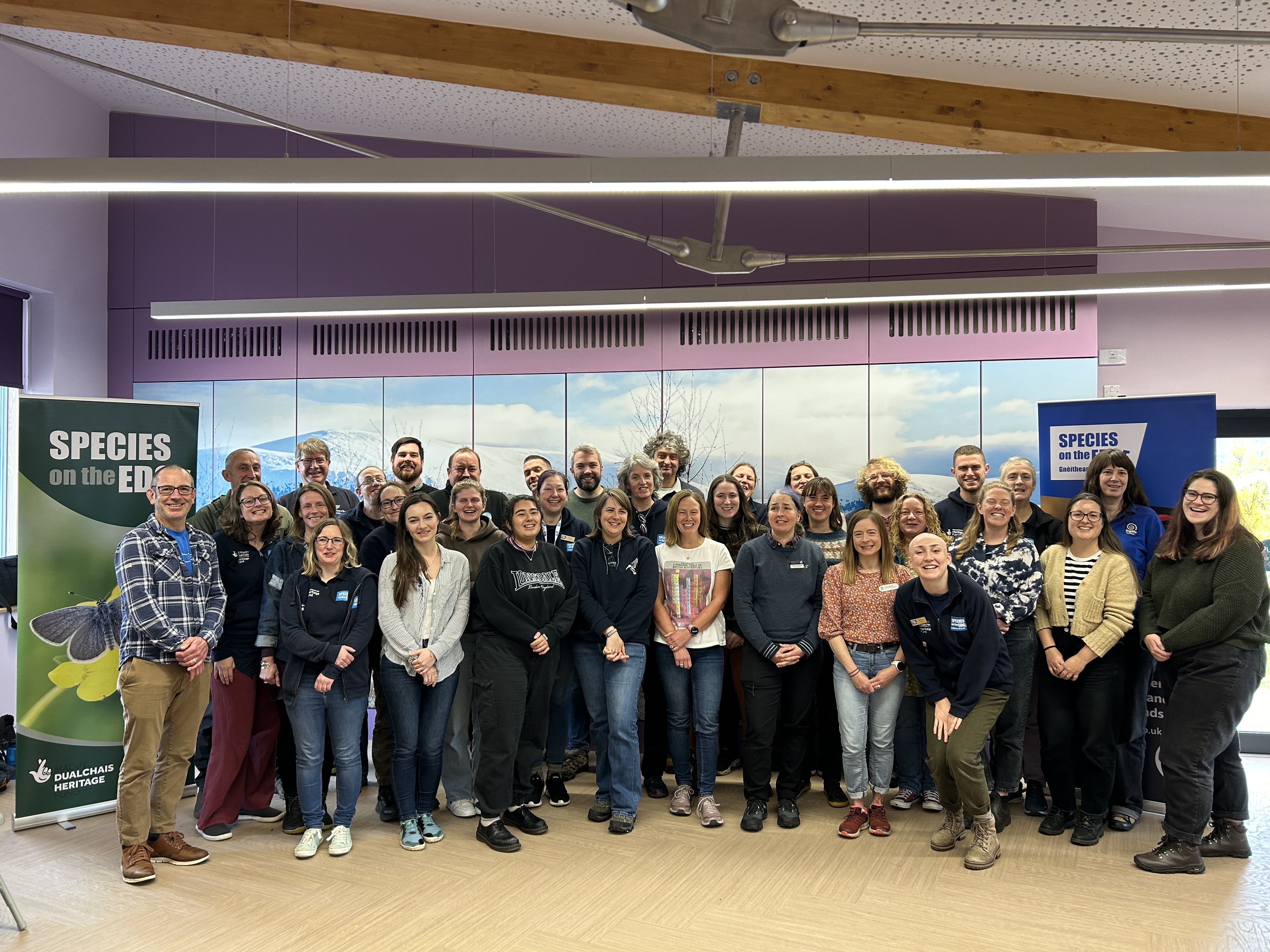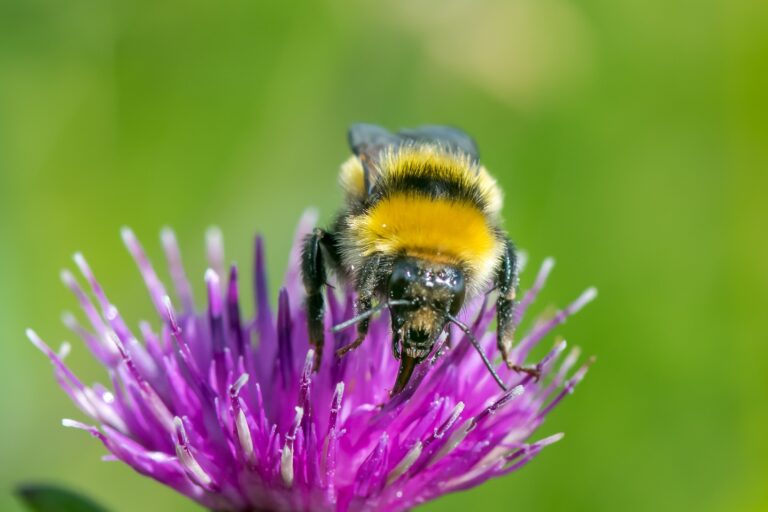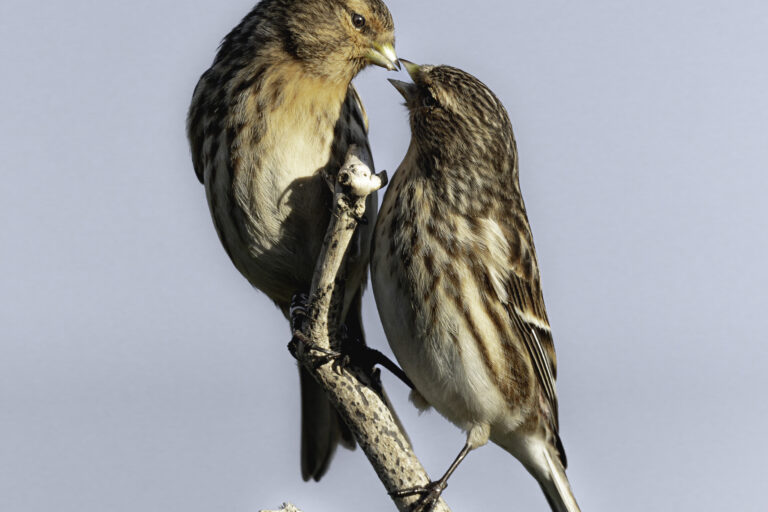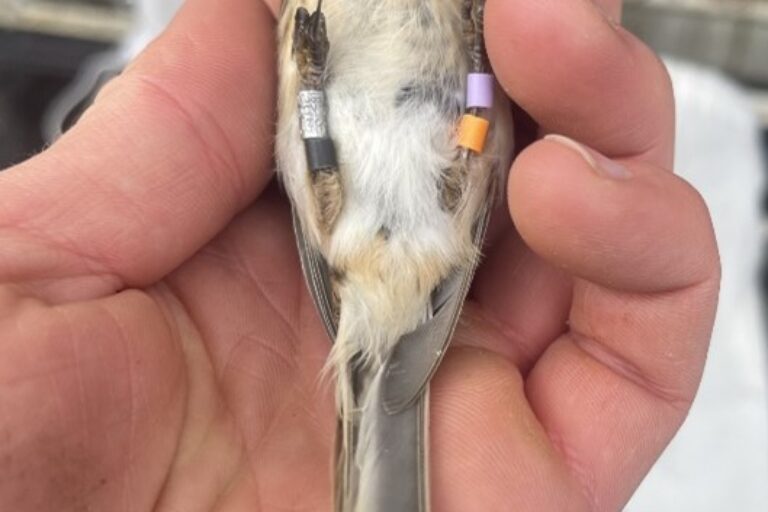By Eilidh Ross, Species on the Edge Communications Manager
This week, we were delighted to host the second annual Species on the Edge conference – and what a fantastic experience it was. Over 40 people associated with the programme came together at the Highland Wildlife Park, in the Royal Zoological Society of Scotland (RZSS)’s brand new education centre, to share project updates, learnings, and experiences. It was an incredibly fruitful trip, and, as we make our way back to our own corners of the country, I know we are all excited to get stuck back into our Species on the Edge activity bolstered by new ideas, new learnings and new connections.
It was a fantastically informative and fruitful couple of days – here’s just a few key takeaways:
Our teams are doing some pretty amazing things around the country
To name a few:
• We have improved over 116ha of habitat for wading birds around Scotland.
• We are funding testing kits in Islay, allowing farmers to test their livestock for fluke and worms rather than blanket treating which are bad for invertebrates and the birds that feed on them.
• We have created new habitat for natterjack toads on the Solway Coast.
• We have hugely increased the monitoring of the marsh fritillary butterflies in Scotland, and have been able to produce a population trend for Scotland for the first time – this indicates a 72% decline in abundance between 2006 and 2021. While this is bad news, it is so important we know so we can take action accordingly.
• We have created multiple new breeding habitats for terns.
• We have worked with schools to create signage warning the public of the risk disturbance poses to terns.
• We are currently working on boosting numbers of the very rare medicinal leech in Scotland through a conservation breeding programme with RZSS.
• We are attempting to reintroduce the incredibly rare tadpole shrimp to the Kirkcudbrightshire coast through a translocation project. The eggs are in place and we are now waiting with baited breath for news of baby tadpole shrimps!
• We are increasing our knowledge of bats in Scotland and have trained over 100 people in bat surveying.
• We are working with landowners all around the country, helping them manage their land in a way that benefits both them and their local biodiversity.

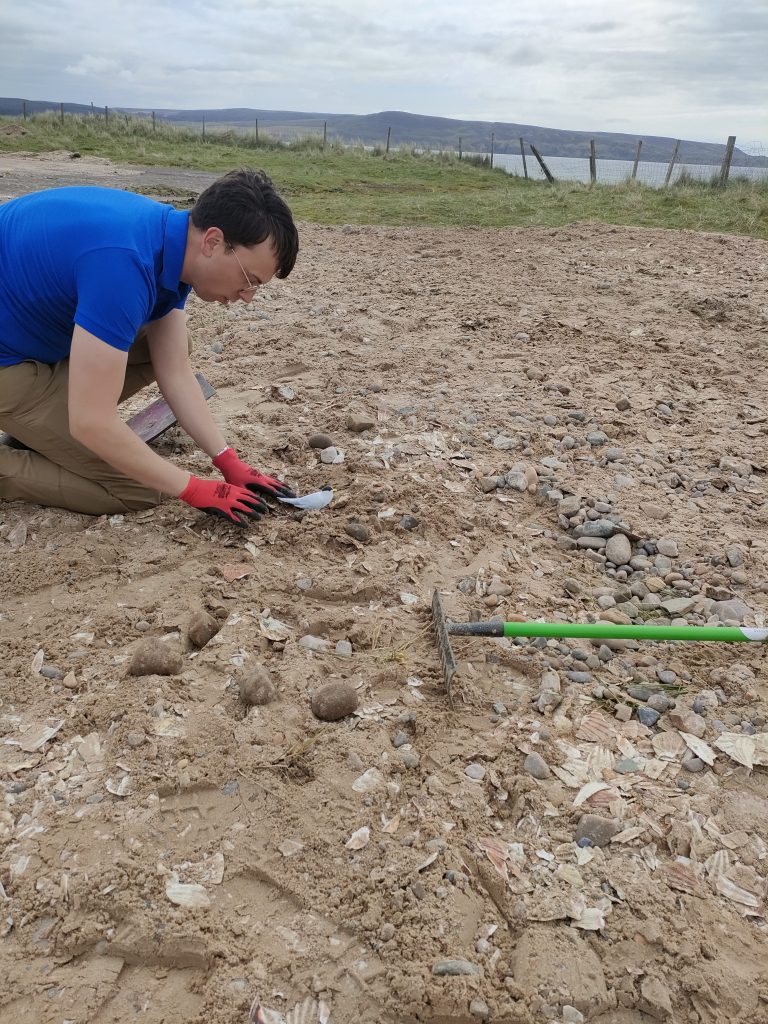
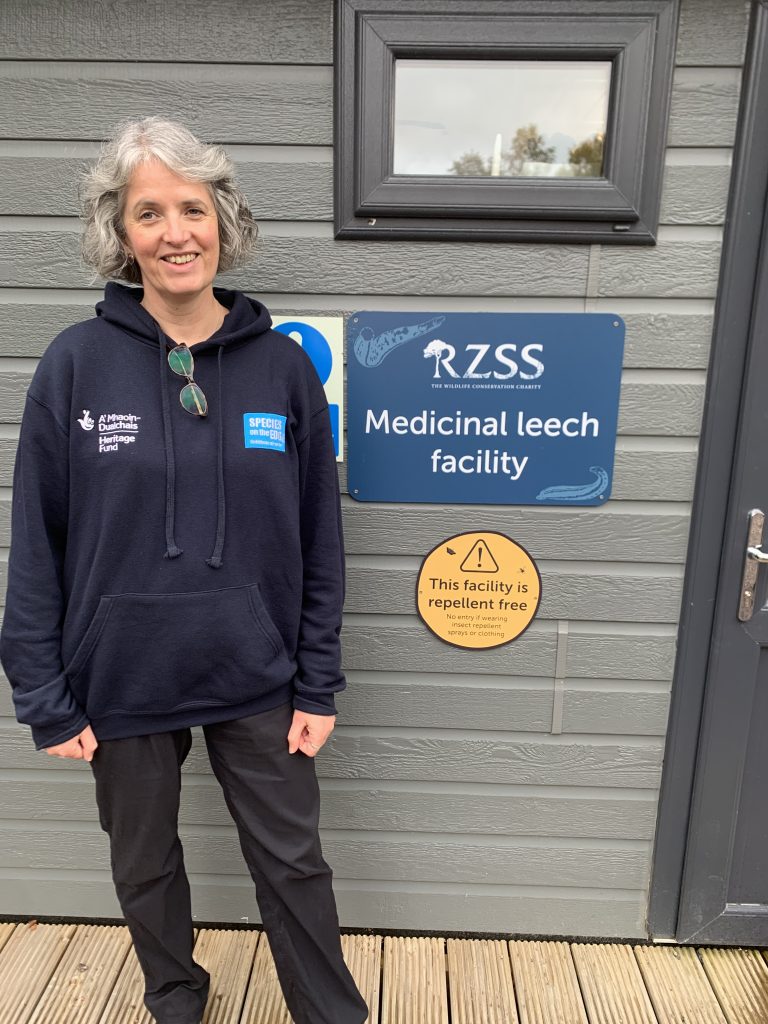
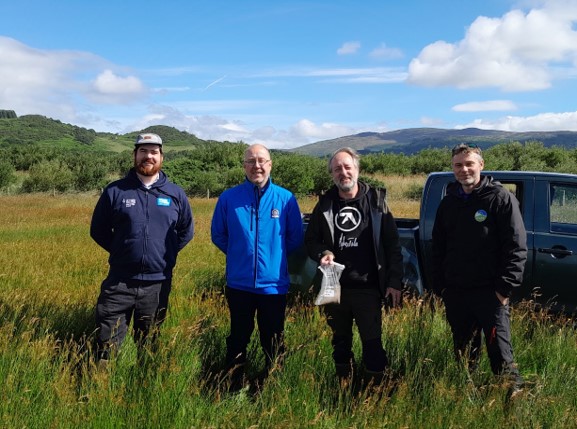
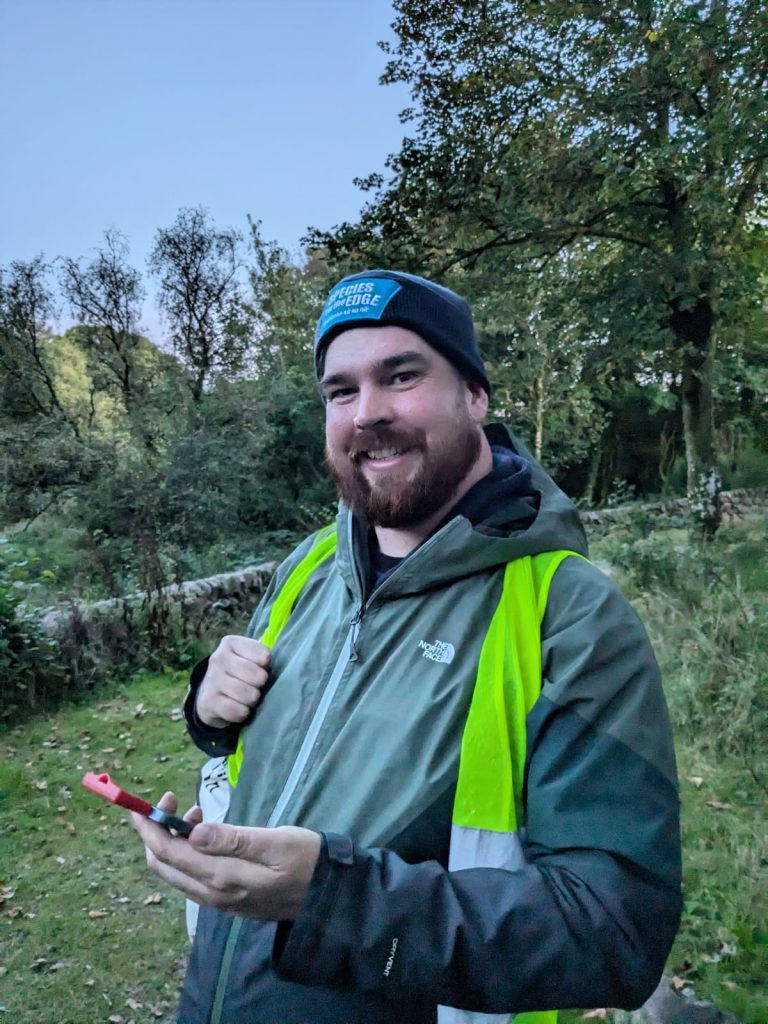
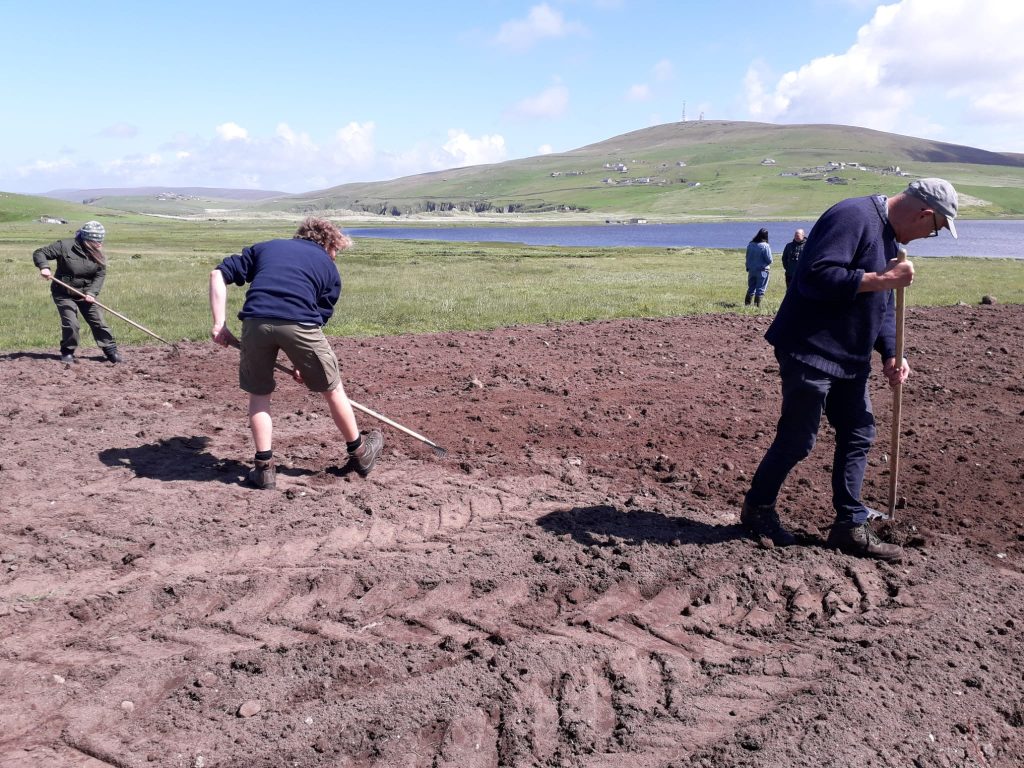
Partnership working works!
During the conference, we heard so many examples of how Species on the Edge’s uniquely collaborative approach to conservation in Scotland is resulting in efficient and impactful conservation action.
Plantlife Officer Sarah who is based on the North Coat has been doing the rounds of the areas, showing SotE officers from other partner organisations how to survey, monitor and support rare plants. This means that, by sharing expertise, we are able to take action for plants in project areas where we don’t have a Plantlife Officer.
Katy Malone from Bumblebee Conservation Trust has been doing the same for bees, training SotE officers from Plantlife, RSPB and others how to lead BeeWalks. As well as conducting these surveys themselves, these officers are also training volunteers how to survey bees. So what we’re seeing really is exponential growth of bee surveying ability! Katy’s bee knowledge is spreading out thick and fast!
Our Bat Conservation Trust Officer, Cathryn, has also been spreading her expertise. While Cathryn is based on Skye, she has advised many of our officers in bat surveying around the country, so that we now have officers on the Solway Coast, Orkney, Argyll and the Inner Hebrides and the Outer Hebrides surveying and monitoring bats and training volunteers. Cathryn even helped one of our SotE Youth Panellists found the very first Outer Hebrides Bat Group!
As well as partnership working among the core eight Species on the Edge partners, our area teams have also been creating strong relationships with local groups and schools, working together to support and raise the profile of endangered species around the country. There are so many local groups we are working with, but to name just a few: Shetland Amenity Trust; Dunnet Community Forest; Historic Environment Scotland; Sleat Community Trust; High Life Highland Countryside Rangers; Orkney Field Club; Caithness Environment Volunteers; Caithness and Sutherland Countryside Rangers; An Lanntair; Wildfowl & Wetlands Trust; Highlands and Islands Airports Limited; Highland Outdoor Volunteers; A.C.E Target Sports, Isle of Skye; Scotland’s Farm Advisory Service; Balnagown Estate; Flow North Yoga & Well-being; Dumfries and Galloway Bat Group; SAC Consulting; Ability Shetland.
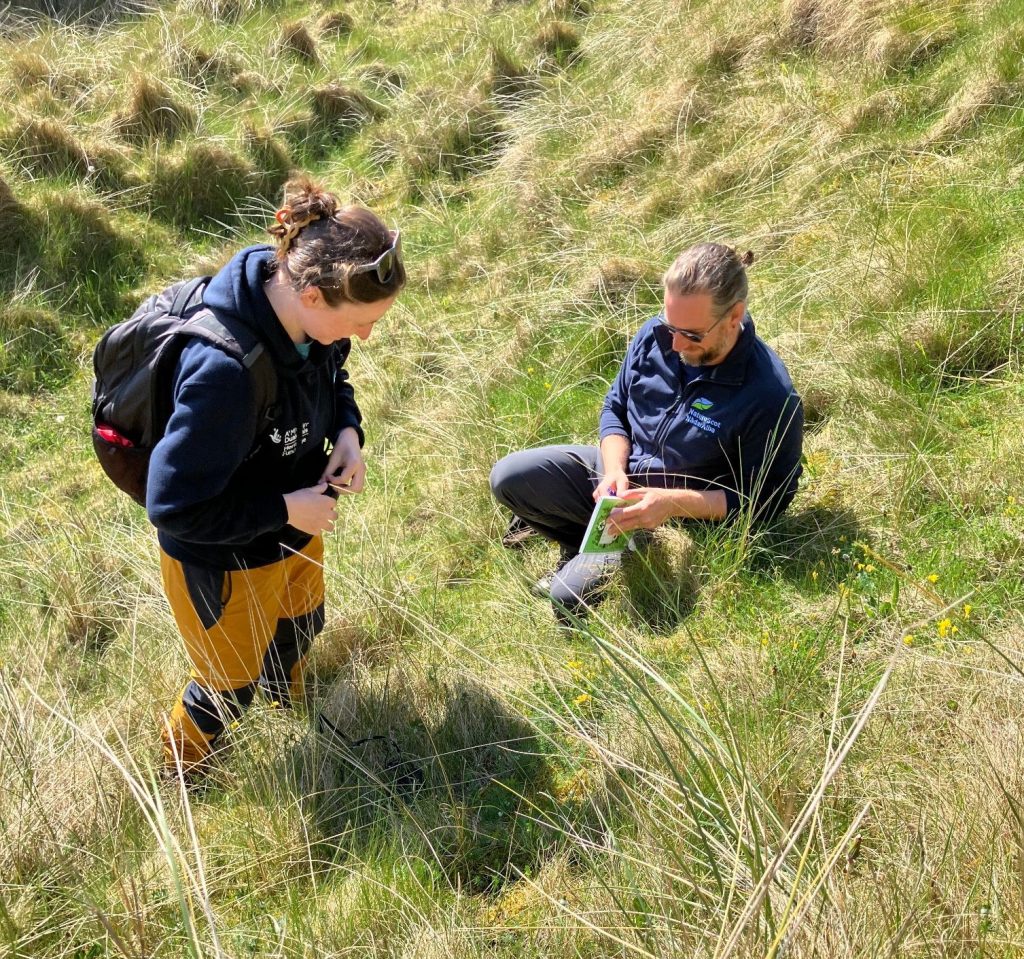
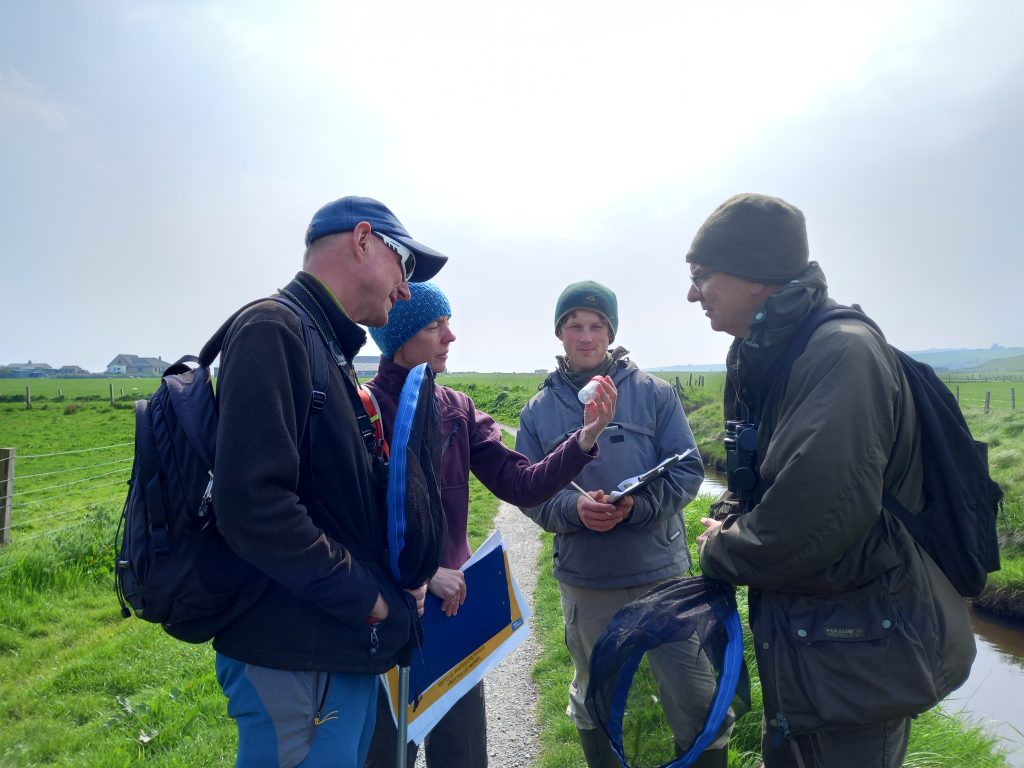
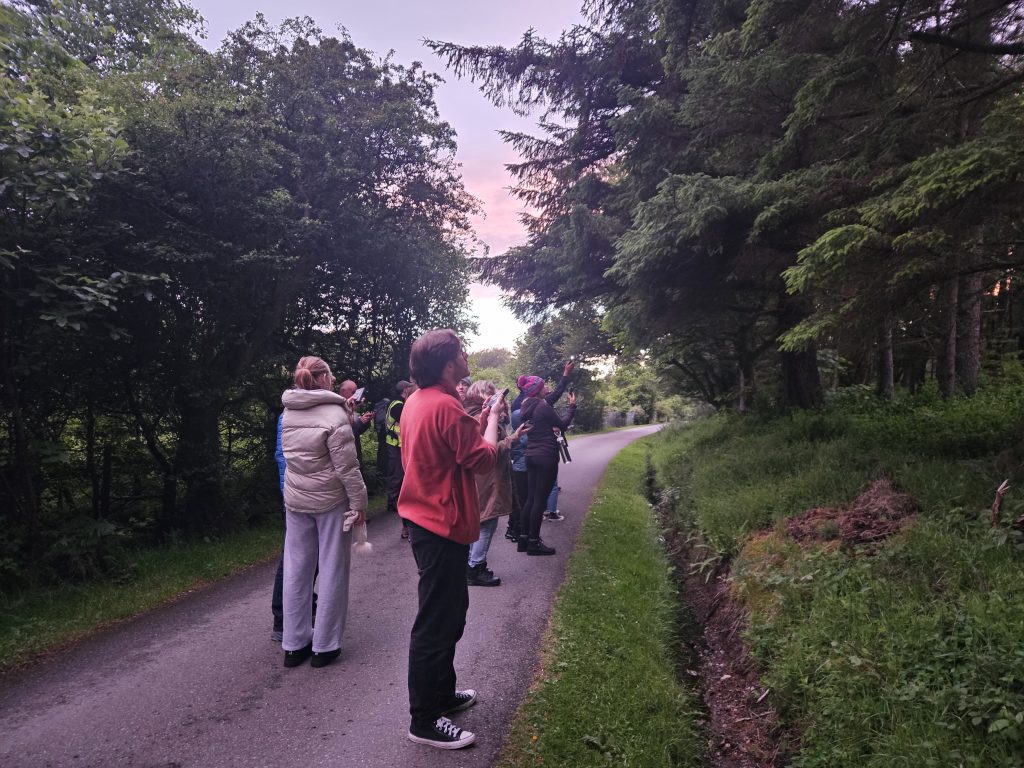
People power for the win!
While some of the activity we engage in is what you might imagine when we say ‘conservation action’ – hands on activity such as habitat management and creation, conservation breeding programmes, management advice, invasive plant control, surveying and monitoring etc – but a large part of what we do is supporting local people in connecting with and taking action for their local species.
If we were to just come into our project areas and do all the work then, 1) we are likely to step on toes, duplicate efforts, and generally annoy the people who best understand their local wild places and wildlife; and 2) do a bunch of work which then immediately stops when Species on the Edge is over. Therefore, central to Species on the Edge is supporting people who live in our project areas to learn more about their local endangered species, understand the challenges and threats they are facing, learn about what they can do to help secure a future for these at risk species, and put in place action plans to achieve just that, plans that will long outlast Species on the Edge.
And wow have people got on board! And in so many different ways! Here’s just a few:
• In Shetland and on Fair Isle we are working with numerous crofters to plant a seed mix that benefits pollinators in the summer and twite in the winter – so far we have 12 plots of these crops!
• Volunteers on the East Coast have contributed over 700 hours to helping us protect their local species.
• On the North Coast volunteers are supporting their local rare plant species by growing them from seeds.
• On the Solway Coast we are training locals in ID-ing the rare natterjack toad (which has led to one member of the public notifying us of a new natterjack site!).
• On the East Coast, local stitchers have made a tapestry displaying their local species on the edge. This has gained much local attention, raising awareness of the local at-risk species.
• Volunteers on the North Coast have built new habitat for small blue butterflies, which has proven to be very successful with already many small blues spotted!
• Local school children in Orkney have created signage informing beachgoers about nesting terns and warning of the impacts of disturbance.
• Young people from around the country have come together to form a Species on the Edge Youth Panel, which will support them in designing and delivering local conservation projects.
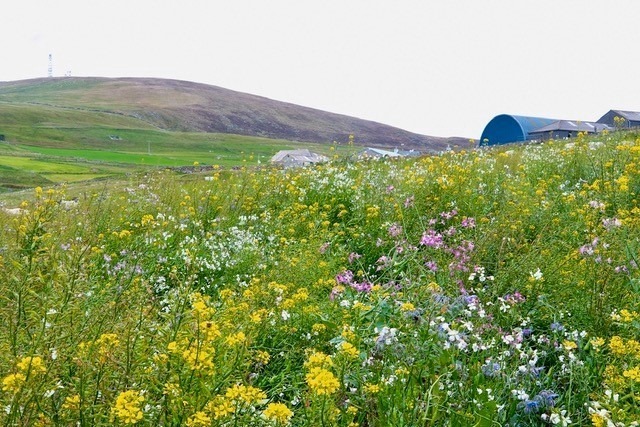
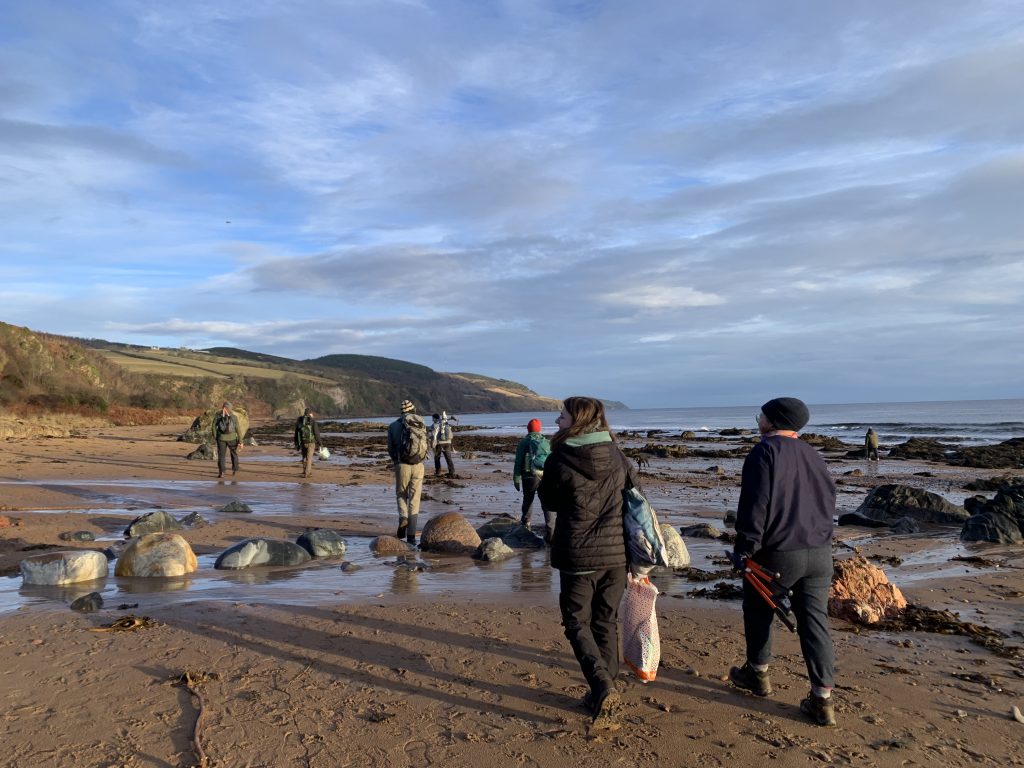
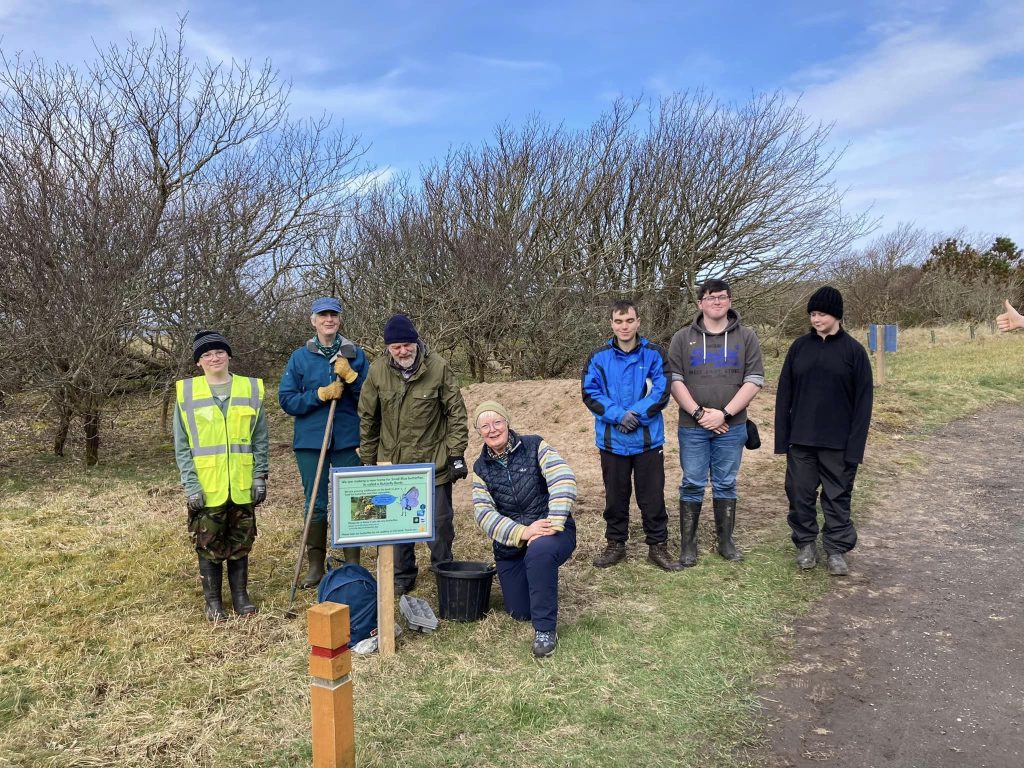
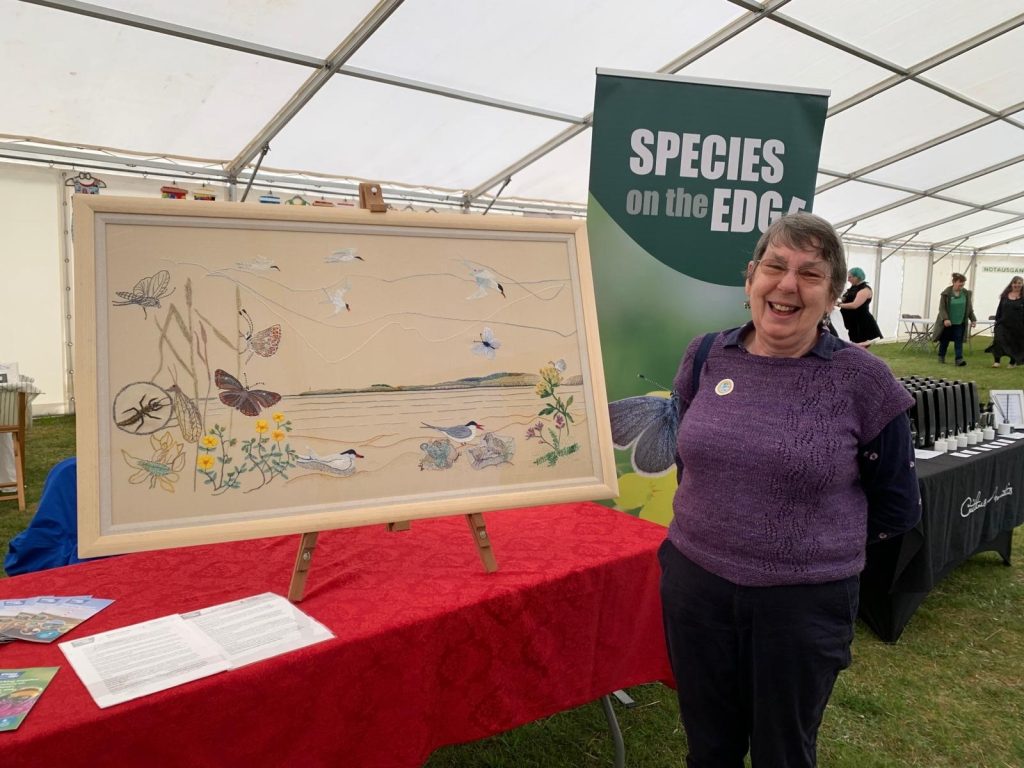

Clearly, the Species on the Edge team is doing fantastic work around the country, and so too are the amazing communities and landowners who are taking action to support the vulnerable species they share their home with – thank you to you all.
And of course a massive thank you goes to The National Lottery Heritage Fund Scotland and all #NationalLotteryPlayers who have made the vital work we do at Species on the Edge possible.

